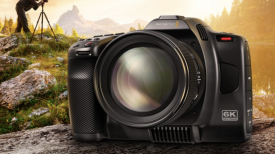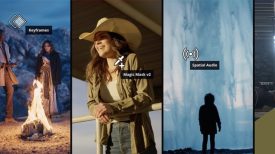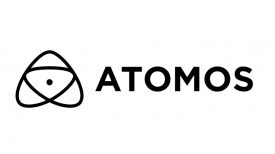By Duy Linh Tu
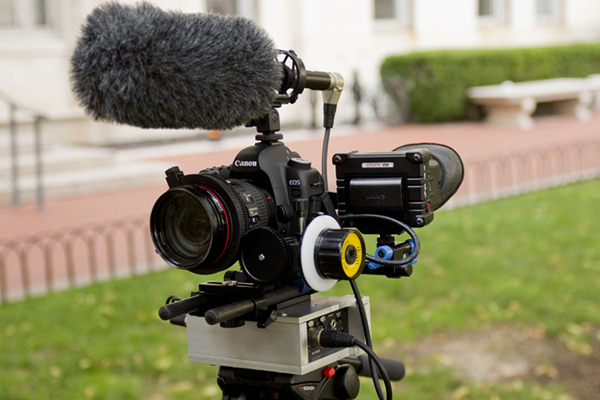
I am currently shooting Close to Home, a feature-length documentary about HIV in the southern United States (www.closetohomefilm.com). As a part of the production process, we’ve been posting some behind-the-scenes stills online, and Dan Chung noticed that I was using the Zacuto EVF.
So, here’s how the device works as a part of my overall documentary rig. There are countless websites already dedicated to HDSLR rigs, but hopefully this post will give shooters specific information about how one might approach using HDSLRs for documentary or other non-fiction work. My set up is by no means the ‘right’ way of doing things; it is just one way that has worked for me.
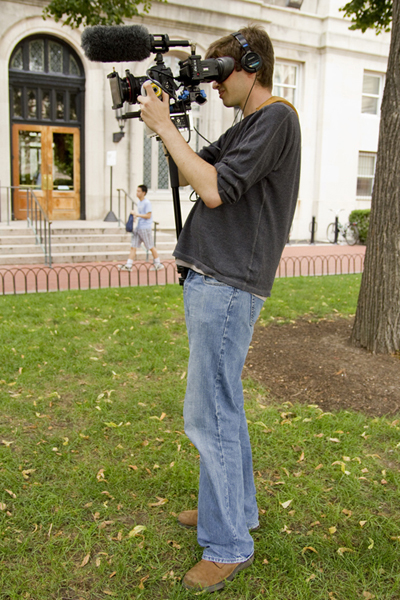
For Close to Home, I needed a camera set-up that was both small and reliable. I am shooting this documentary in rural Mississippi, Louisiana, and Alabama, where the subject matter – homosexuality and HIV/AIDS – remains extremely taboo. Our characters are, wisely, concerned about the presence of cameras; they don’t want to draw too much attention to themselves. We are working on a tight production schedule, so I don’t have much time to shoot. Additionally, we’re filming specific events that, in most cases, will only happen once.
I shoot on a 5DmkII, which I believe is the HDSLR with the best image for my needs. Equally importantly, it has manual audio control that allows me to record sound directly into the camera. I use a combination of a Sound Devices MixPre, a Marantz PMD-620, and a Sescom attenuator cable to send audio directly into the camera (the audio gain is set to 1 in the 5D Mark II). I do record audio separately as a back up, but I prefer to avoid syncing as a part of my workflow. I have used both the Zoom H4n and the Tascam DR-100 in the past, but I find my set-up provides the quietest preamps and the best ergonomics for adjusting audio in the field (real knobs to turn!)
My primary lens is the Canon 24-105mm f4L IS. Because the 5D Mark 2 is full-frame, I would not stand a chance of keeping any kind of focus shooting wider than f4. For this film, I am shooting run and-gun and there are very few controlled or set-up shots that would allow me to go as wide as f2.8 or f1.4. Additionally, the IS on this lens is extremely effective for reducing shake.
For focusing, I use the Ikan ELE-FGK follow focus kit. Prior to this project, I was against using a follow focus. I thought these devices were meant more for commercial or feature work. But, after shooting many long days with this unit, I cannot imagine focusing with my hand on the lens again.
With a follow focus, rack focusing is smooth. There is also less strain on my wrist because the focus wheel is positioned to the side of the camera. The Ikan follow focus is a solid piece of gear. I’ve used more expensive follow focus units, but they were not any smoother or more sturdy than the Ikan.
Getting good shots is my primary job, so I need the right monitoring solution. I have tried every set-up: using the LCD on the camera only; using a Zacuto Z-Finder on the LCD, and using a SmallHD DP6 external monitor. That has all changed with the Zacuto EVF Flip, combined with the Zacuto Z-finder.
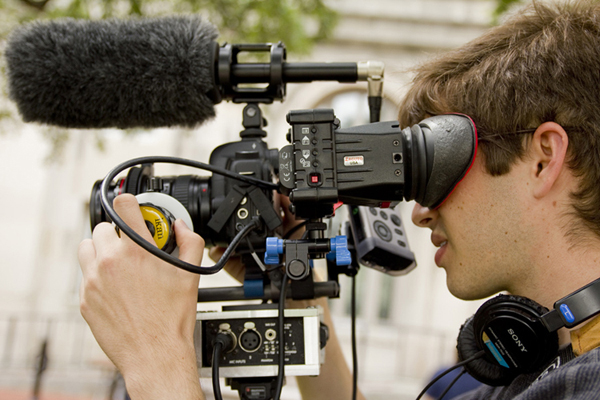
The Zacuto EVF has many great features such as false color, zebras, focus assist (peaking), blue only, and many more. But, in the field, I use none of these. In fact, some features like zebras and focus assist actually made it harder for me to focus in a run-and-gun situation.
The Zacuto EVF does, however, have four main features that are critical to me getting the shots right.
1. Scaling. As most 5DmkII shooters know, the HDMI output drops down to 480p. The EVF scales this image up and fills the screen. Paired with the Z-Finder, I get a huge, crisp image to look at.
2. Framing lines. The EVF has lines for both 1.78:1 and 2.35:1 (and others), the two aspect ratios I most often shoot in. This feature helps me make sure I compose the shot in a way that avoids accidentally cropping out part of the intended image. Occasionally, I composed incorrectly when shooting with just the LCD.
3. Sun block. The Z-Finder blocks out all extraneous light, so monitoring in bright sunlight is easy. When I used the SmallHD DP6, I was forced to use the enclosed sunshade, making my rig much bigger and more intimidating than I wanted it to be.
4. Point-of-contact. Putting my eye right to the EVF provides me with yet another point-of-contact, unlike using an external monitor. So, with my monopod/shoulder strap support, my left hand on the follow focus, and my right hand on the camera, I have four points-of-contact on the camera. My shots are now so steady that we do not use a tripod for most of our interviews in the film.
One bonus feature of using an EVF for documentary shooting is that, while looking into the viewfinder, I disappeared into the camera. I was not distracted by outside elements; I was only looking at what was on the screen. Additionally, the characters in my shots learned to ignore me when my head was in the EVF. When I used an external monitor like the DP6, I was still making too much of a connection with my subjects to have them forget about me.
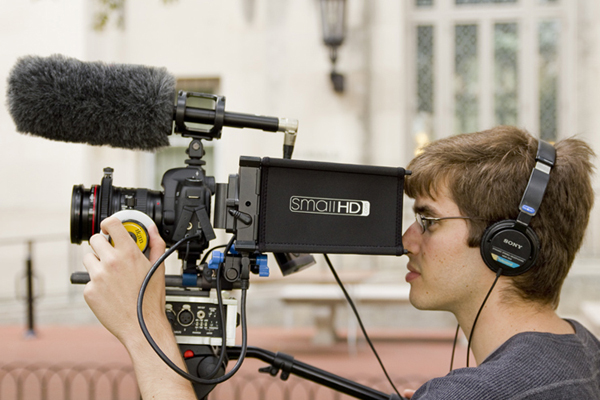
It has taken me almost two years of experimentation to get my documentary rig to the point where I feel completely comfortable and secure about it. I get pristine audio with this set-up. And, just as importantly, I get the steady, well-exposed, and properly composed shot that I want.
I hope that this has been helpful. Again, this is by no means the only way to set up a camera; the flexibility of the HDSLRs makes it a truly powerful format. Below is a list of all the parts in my documentary rig. If you have any questions, I’m @duylinhtu on Twitter. Good luck.
Camera: Canon 5DmkII
Lenses: Canon 24-105mm F4L IS, Canon 70-200mm F4L IS, Canon 100mm F2.8L Macro IS
Monitor: Zacuto EVF Flip w/ Zacuto Z-Finder 2.5X and HDMI cable, Zacuto Zicro Mount, Mini Ikan 4” rod
ND Solution: Lee Filter Foundation Kit, Tiffen 4 x 4 ND filters (.3, .6, and 1.2)
Audio: Sennheisser ME-66 shotgun mic w/ Rycote cover, Pearstone shockmount, and XLR cable Sound Devices MixPre w/ custom-built bracket, Marantz PMD620 audio recorder w/ Sescom attenuator cable, and XLR cable
Hardware: Express35 tripod plate, Redrock Micro 9” rods (2), Redrock Micro Handlebar Camp with four-inch bar, Redrock Micro DSLR baseplate, Redrock Micro Micromount (2), Ikan ELE-FGK follow focus
Duy Linh Tu is Assistant Professor and Director of Digital Media at the Graduate School of Journalism, Columbia University.




